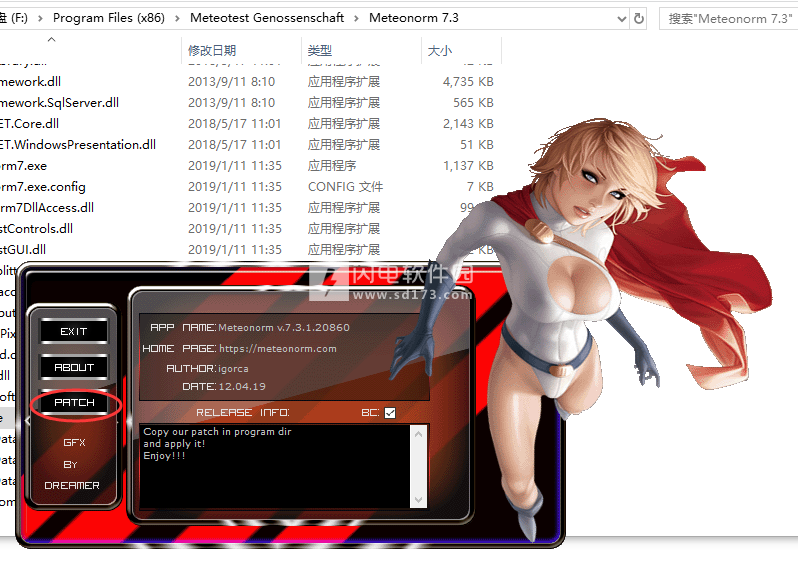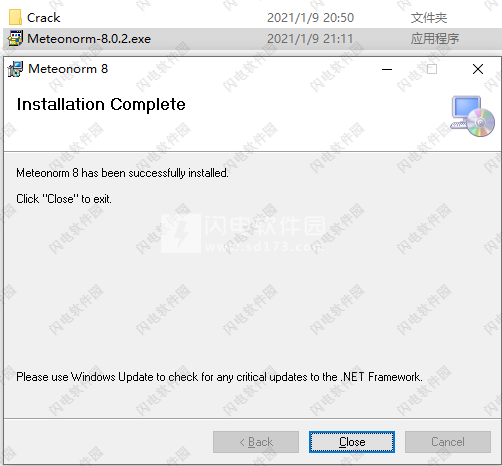


The solar PV systems are being mainly classified in grid connected, standalone and water pumping system based on their application (Rawat et al., 2016). The solar photovoltaic (PV) system is one of the most widely used clean energy generation measures among renewable energy systems. The deployment of renewable energy systems is increasing worldwide with the rapid depletion of fossil fuel, environmental concern and growing energy demand. The m-Si PV technology is found to be most efficient in all the irradiance range, while CdTe technology has the lowest impact of temperature with high efficiency at lower irradiance range. multi- crystalline silicon (m-Si), amorphous silicon (a-Si), cadmium telluride (CdTe), and hetero junction intrinsic thin film (HIT), has also been evaluated with respect to the irradiance and ambient temperature based on the indoor measurements. The parametric study of efficiency for four different technologies i.e. A novel methodology has been proposed in order to identify the most efficient PV technology for a particular climatic zone. In this paper, seven climatic zones have been proposed for India, based on the annual daytime irradiance and ambient temperature specifically for the deployment of PV system. Therefore, the performance of PV power plant varies with the environmental conditions of the location and technology of the PV module. The PV modules are being tested under standard test conditions (STC), however, these conditions are hardly available in real operating conditions, of the locations where the PV modules are supposed to be operational. The response of solar photovoltaic (PV) technologies with respect to environmental parameters is governed by the physical and chemical properties of the PV material.


 0 kommentar(er)
0 kommentar(er)
